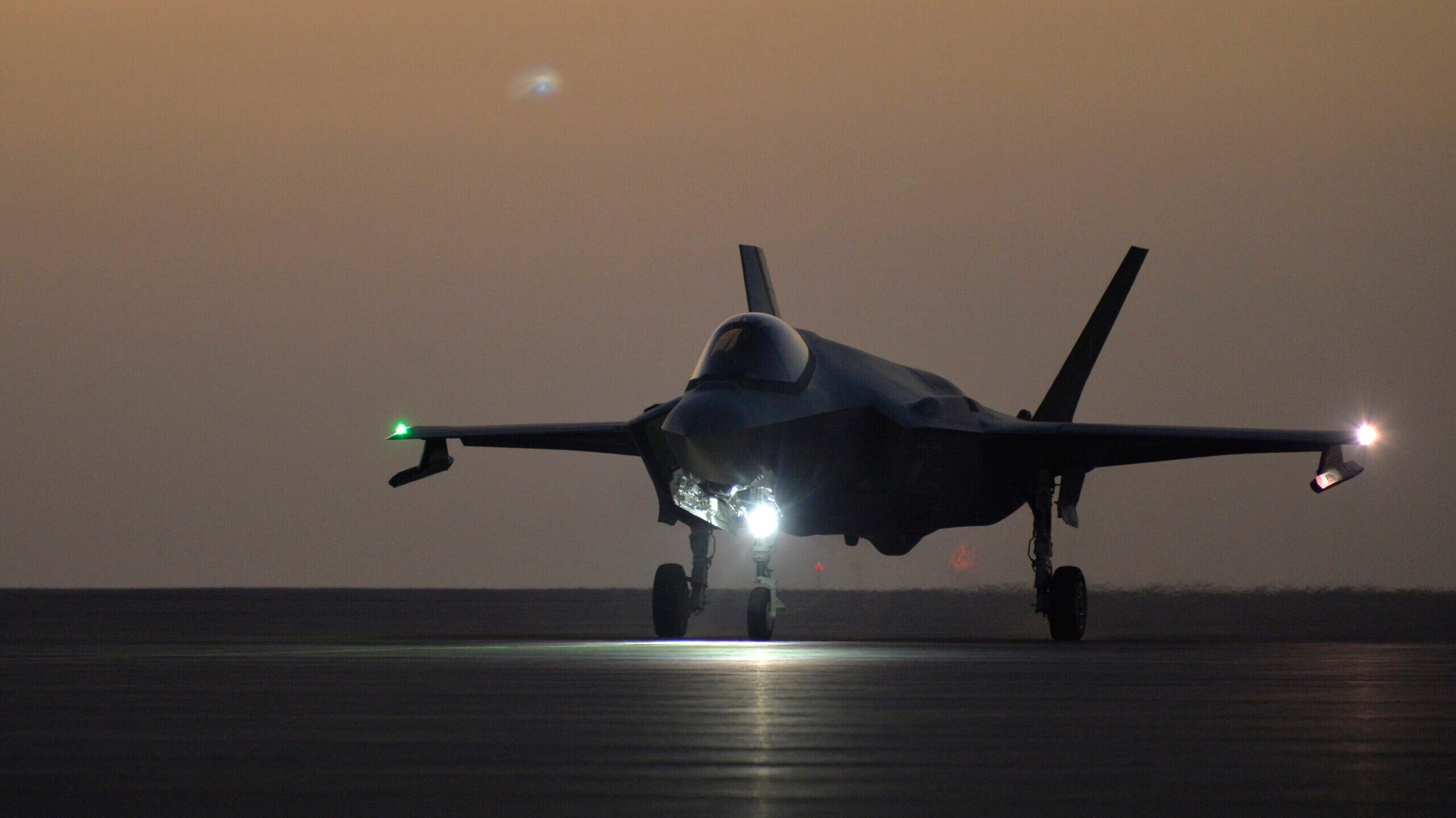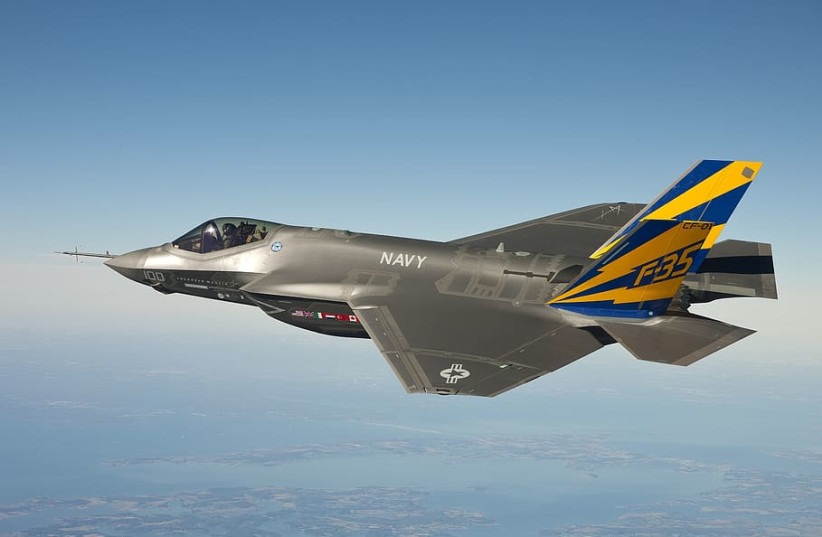The US is dispatching F-35 stealth fighter aircraft, a Navy destroyer, and F-16s to the US Central Command in the Middle East to monitor crucial waterways in light of Iran’s recent seizure and harassment of commercial shipping vessels.
Advertisement
The deployment of F-35s comes after the recent arrival of stealth F-22s to Jordan from Europe as part of a temporary rotation aimed at deterring Russian pilots’ maneuvers in the region.
During a Pentagon briefing on July 17, Deputy Pentagon Press Secretary, Sabrina Singh, announced that the secretary of defense had directed the deployment of the USS Thomas Hudner destroyer, F-35 fighters, and F-16 fighters to the US Central Command (CENTCOM) area of responsibility.
This decision is a response to recent alarming events in the Strait of Hormuz to protect US interests and ensure the preservation of “freedom of navigation in the region.”
The Strait of Hormuz is a crucial narrow passage connecting the Persian Gulf and the Gulf of Oman, facilitating the flow of approximately 20 percent of the global oil supply.

The Defense Department regularly adjusts its posture based on current and future operational needs.
Singh explained that given the ongoing incidents of vessel harassment by Iran in the Strait of Hormuz, the secretary of defense and CENTCOM commander have decided to deploy more assets to the region to boost the required capabilities there.
However, the US official did not provide specific details regarding the number of additional aircraft assigned for the extended mission, the arrival timeline of the aircraft in the region, or the expected duration of their presence.
While the deployment of F-35s and a Navy destroyer represents a new development, on July 14, a senior US defense official disclosed plans to enhance the military’s presence in the region by deploying additional F-16s.
The US Air Force has already started employing F-16s over the Persian Gulf to provide surveillance and protection for commercial shipping. Furthermore, USAF A-10 Warthog tank-busters, stationed in the region since late March, regularly patrol the Gulf.
Advertisement
Heightened Hostilities
Although the permanent US presence in the region has been scaled down, Washington has been compelled to reinforce its forces in the Middle East due to repeated threats from Iran and Russia over the past year.
In particular, US MQ-9 drones operating in western Syria have encountered harassment from Russian aircraft.
Since March 1, Russian planes have consistently flown over US troops in eastern Syria and have come within 500 feet of American manned aircraft, actions that have been repeatedly criticized as “unsafe and unprofessional” by the US military.
In response, the USAF announced the deployment of additional F-22 Raptors to the region just last month.
On July 14, the US said that the presence of F-22s “certainly had an impact on Russian behavior over [the] al-Tanf garrison and what their flight patterns were from a fighter perspective.”

On the other hand, in recent years, the United States and Iran have exchanged accusations regarding a sequence of incidents occurring within the volatile Gulf waterways.
Since April, Iranian naval forces have captured at least three tankers following the US Justice Department’s decision to seize the oil cargo aboard a Marshall Islands-flagged tanker, the Suez Rajan, en route to China.
The seizure of a Panama-flagged tanker, which occurred on May 3 during its transit between Dubai and Fujairah in the United Arab Emirates, prompted complaints from the UAE regarding insufficient US efforts to safeguard the region’s waterways.
Advertisement
On July 5, the US Navy intervened and prevented two separate attempts by Iran’s Navy to seize tankers in the Gulf of Oman.
During one of these incidents, the Iranian Navy vessel pursuing the tanker Richmond Voyager fired upon it after the crew refused orders to stop. The presence of the USS McFaul destroyer, more than 20 nautical miles off the coast of Oman, led the Iranian vessel to depart the scene.
Due to the escalating frequency and severity of these incidents, concerns have arisen regarding the safety of commercial vessels, which prompted the US to deploy additional assets in the region.
The A-10s were the first Air Force assets deployed for maritime missions in response to these Iranian actions, followed by F-16s. The addition of F-35s has further increased fighter capacity and counterair capability in the Gulf and over Syria.